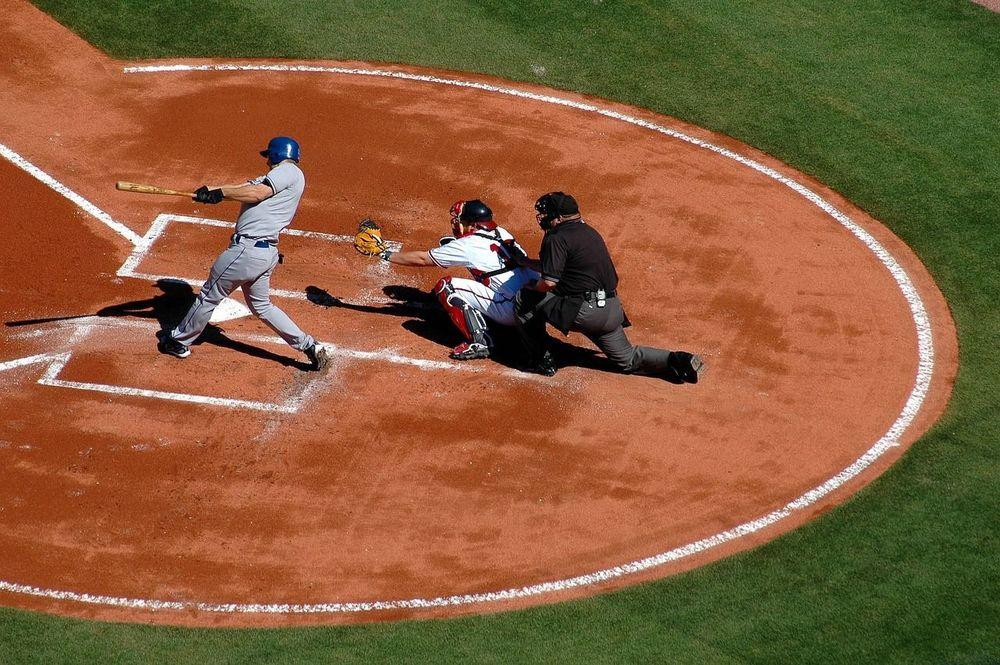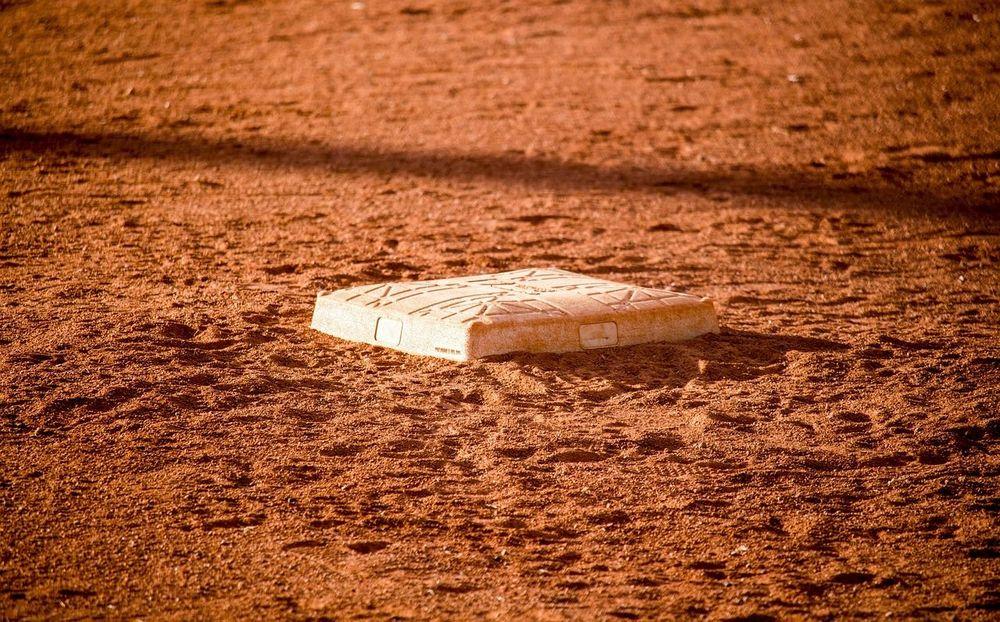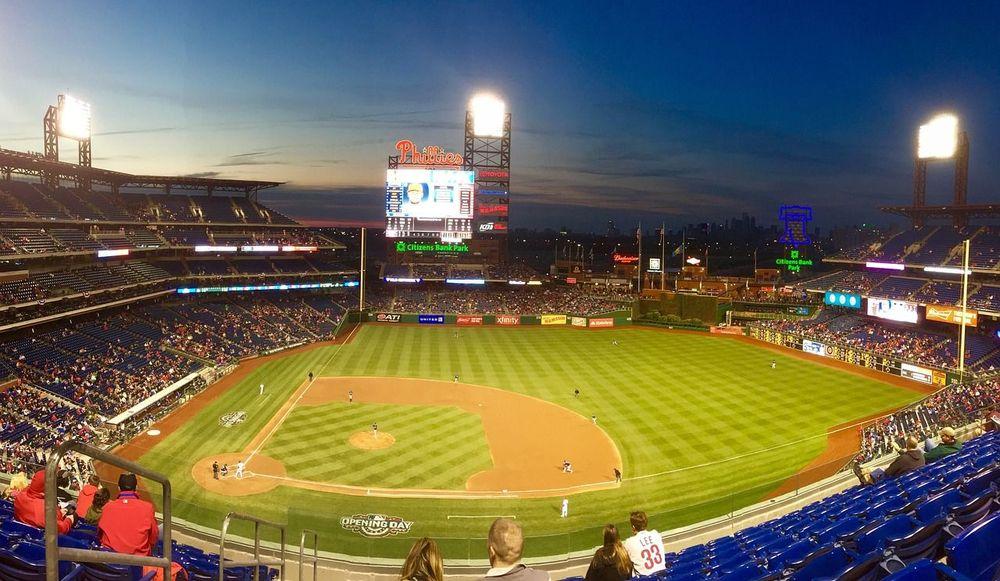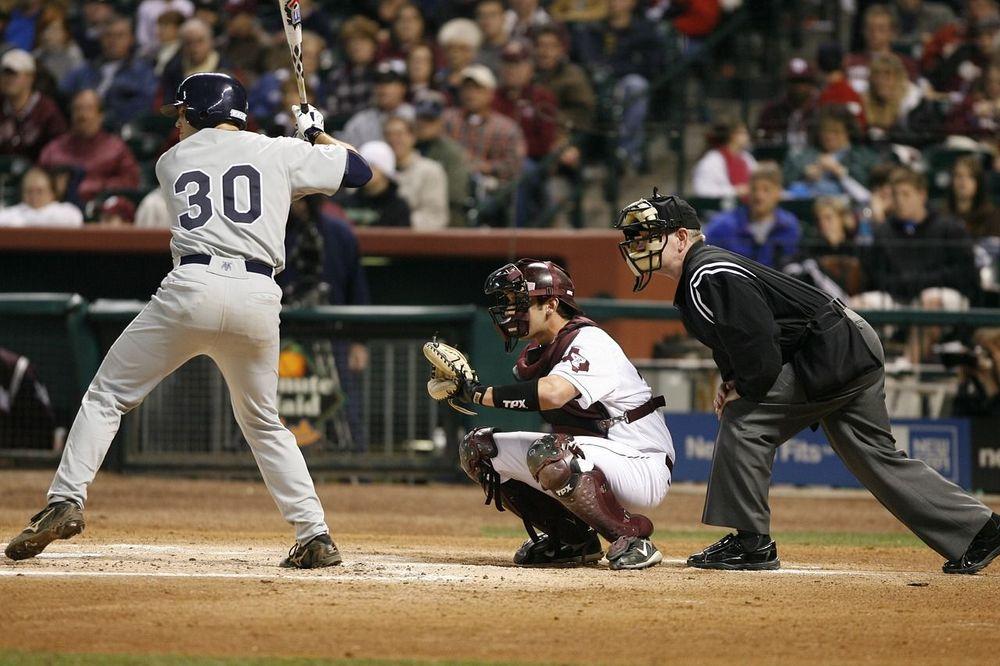Articles

Editor’s note: We’ve had some people ask us if we could look back at major trades in history and see how they matched up with our model. We thought that was a good idea, so this is the first in what will likely be a series. Also note: Since this site (and our model) didn’t exist when these trades occurred, we may not have access to all the data we currently use, so some of the inputs are not as accurate as they would be today. But let’s try it anyway, just for...

In this episode, we dig into the numbers behind recent extensions for Yelich and Moncada, discuss the impact of injuries on trade value, and highlight the featured trade of the week, which sees a star and two other pieces traded for a prospect. If you have any questions or suggestions, email us at BaseballTradeValues@gmail.com or find us on Twitter, @BaseballValues! Listen in the player, click the link below to download or find us through your favorite podcast...

In the interest of transparency, it’s time for an update on how the BTV model is doing this offseason relative to real-life trades -- with one caveat: A.J. Preller. Our model assumes most GMs will act rationally, and seek to get the best overall value possible in a deal, just as in most other walks of life, which means most deals are pretty close to fair. But we also know that’s not always the case. GMs have different motivations depending on where they are in the win cycle, and...

When the Padres and Brewers agreed on a trade recently, my first thought was: that’s ridiculous. The package the Brewers received from San Diego far exceeded any reasonable bounds of a fair trade. We had Luis Urias at 55.2, and Trent Grisham at 8.8 at the time. Further, we had Eric Lauer at 16.5 and Zach Davies at 0.8. That’s a huge gap. As Dan Szymborski of Fangraphs (and ZiPS creator) wrote: If Urías is eventually traded, I’m sincerely hopeful it’s part of a...

If you’re a GM, this is the list you don’t want to have your players on. According to our calculations, the following 50 players have the least amount of trade value right now – or, put another way, the most amount of negative value. These are not necessarily bad players; they’re players whose contracts are bigger than their projected field value. Not surprisingly, the common thread here is that most of them are older and past their prime. Only eight of these 50...
- AngelsAstrosAthleticsBlue JaysBottom 50BrewersCardinalsCubsDiamondbacksDodgersExplaining valuationsFAQsFarm system rankingsGiantsGuardiansIndiansJuly 2019June 2019Least ValuableMarinersMarlinsMetsNationalsNon-tendersNotable MoversOffseasonOriolesPadresPhilliesPiratesRangersRaysRed SoxRedsRockiesRoster RevampRoyalsScorecardTeamsTigersTrade DeadlineTwinsUncategorizedValuing the trade chipsWhite SoxYankees
